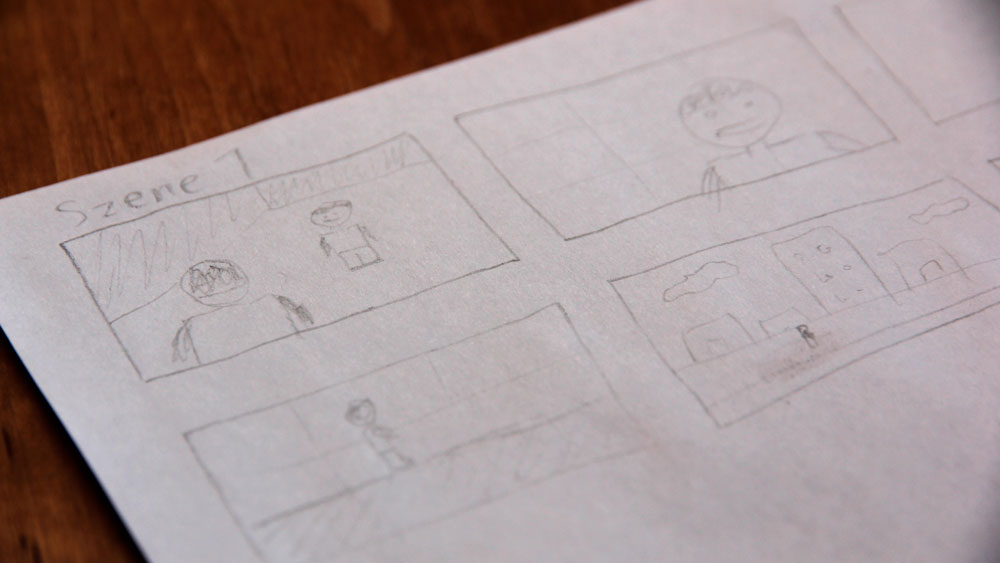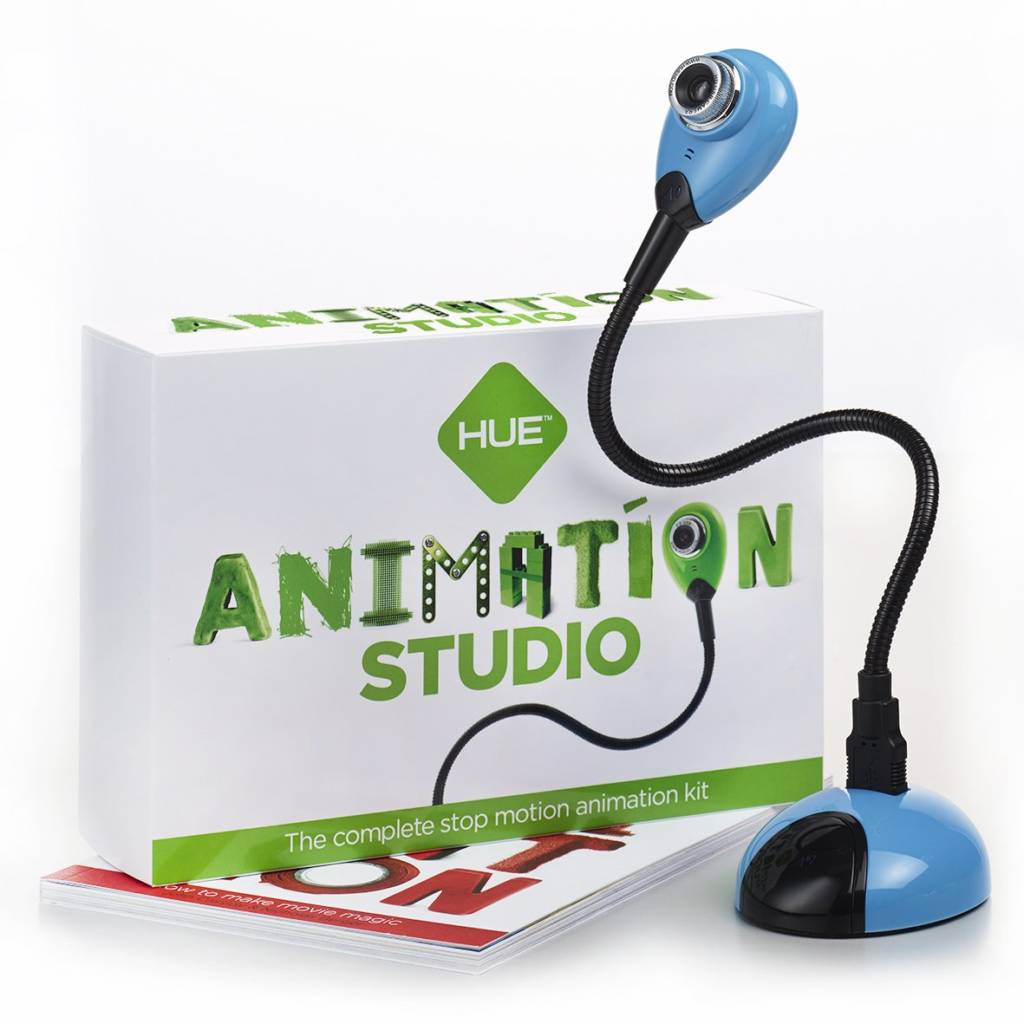A script is an important step in the planning of a film. It determines exactly what to do during the shoot and makes sure that you do not forget anything.
Script Writing
Before starting to shoot, take the time to review the project. Which scenes should the film contain? How can you credibly convey your story to the viewer? For smaller projects, it may be enough if you note down the scenes in a nutshell. If you’re planning a more complex movie, you should definitely write a decent script to keep track during the shoot.
Begin by writing down the story of the movie in key words. Then try to divide this storyline into separate scenes and take notes on each scene. This may look something like this:
Scene 1: Wide camera shot of the knight’s castle, guards are patrolling the castle wall, dark and gloomy mood.
Scene 2: Camera tracking down the aisle to the dungeon, flickering torchlight, Zoom on the captivated damsel in distress.
Scene 3: Dense Forest, hero rides from left to right through the image, camera swing to the right, spire of the knight’s castle can be seen in the background.
In addition to the notes on the plot, I have already installed camera movements and instructions for the set. Now think about which figures, light sources, objects and what background you need in each scene. So you know in the further preparations pretty much what to look out for in order to get the pictures you want.
While planning your stop motion movie, make sure that your plans are feasible. You have to logically have the required figures and components available!
Drawing the Storyboard
A storyboard is something like the drawn version of a script. For professional film productions, after completing the storybook, a storyboard artist will be tasked with sketching the individual scenes and camera settings. So everyone involved already has a pretty good idea of what the finished project should look like.

Especially with smaller projects, you probably will not want to bother so much and draw each scene beforehand. But what can be very useful and useful is to photograph the finished set from different perspectives later. So you get a feeling for the camera, the setting options and how the effect on the Betracher changes when you change the camera setting.
From these pictures, you can then make a kind of photo gallery on the computer, which you can then print and annotate with notes. So you exactly know during the shoot what camera settings and movements you have to film.

